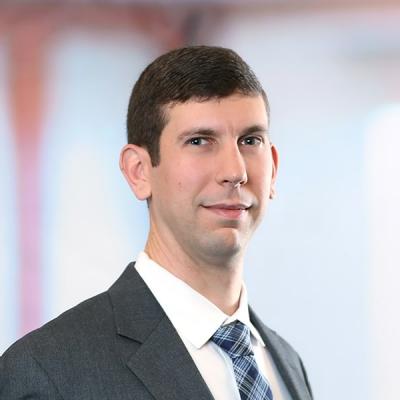Federal Circuit Reiterates That Patent Prosecution Disclaimers Must Be “Clear and Unmistakable”
On March 3, 2017, the United States Court of Appeals for the Federal Circuit reaffirmed, in a precedential opinion, that prosecution disclaimers may only limit the scope of a claim where the disclaimer is “both clear and unmistakable to one of ordinary skill in the art.” In Technology Properties Ltd. v. Huawei Technologies Co., Ltd., the Federal Circuit made clear that statements made during patent prosecution will not constitute a disclaimer of claim scope where the statements are “ambiguous or amenable to multiple reasonable interpretations,” but that a disclaimer based on unambiguous statements during prosecution may serve to surrender more claim scope than was necessary to overcome a rejection.
The appellant, Technology Properties Limited, asserted U.S. Patent No. 5,809,336 (the “‘336 patent”) in five related actions in the U.S. District Court for the Northern District of California. Representative claim 6 of the ‘336 patent, construction of which was the subject of appeal, claimed a microprocessor system with two independent clocks: an oscillating (i.e., variable) frequency system clock disposed upon the CPU’s integrated circuit substrate, and an external fixed speed clock connected to an input/output interface. In particular, claim 6 required “an entire oscillator disposed upon said integrated circuit substrate.” The district court construed this term to mean, “an oscillator . . . that does not require a control signal and whose frequency is not fixed by any external crystal,” in view of a prosecution disclaimer made to overcome the Examiner’s rejections over two prior art patents.
On appeal, the Federal Circuit panel reviewed the district court’s application of separate prosecution disclaimers based on arguments made to the U.S. Patent and Trademark Office during prosecution to overcome separate obviousness rejections based on two prior art patents. The Federal Circuit affirmed one rejection while reversing the other.
The Federal Circuit agreed that the patentee disclaimed any reliance on external crystals for oscillation by consistently arguing that the ‘336 patent’s entire oscillator was novel because “it oscillates without external components” as required by the prior art. The Federal Circuit affirmed the district court’s application of this disclaimer despite Technology Properties’ presentation on appeal of alternative arguments which “likely” would have overcome the patent examiner’s rejections while sacrificing less patent scope. The panel dismissed these after-arising alternative arguments, noting that “we hold patentees to the actual arguments made, not the arguments that could have been made.”
As to the district court’s finding of a second prosecution disclaimer, the Federal Circuit reversed, holding that the district court applied a narrower construction than the one advanced by the patentees during prosecution. Specifically, the panel held that the district court erred by excessively limiting an “entire oscillator” to one “that does not require a control signal.” In reaching this conclusion, the Federal Circuit reasoned that the patentee distinguished the reference requiring “a command input … to change the clock speed.” Thus holding that an entire oscillator “does not require a command input to change the clock frequency,” the court reversed and remanded. (Emphasis added.) While the court’s decision indicated that this modification might not change the outcome of the dispute at hand (the parties stipulated to non-infringement based on the prior construction), the court found it necessary to conduct the analysis under the law of claim construction.
The decision illustrates that the Federal Circuit will not allow a disclaimer to restrict the scope of patent claims beyond what the patentee actually -- and unambiguously -- disclaimed. In doing so, the panel opinion reaffirmed that a surrender of claim scope in prosecution must be “clear and unmistakable to one of ordinary skill in the art” before such statements would effect a claim limitation in subsequent litigation.



